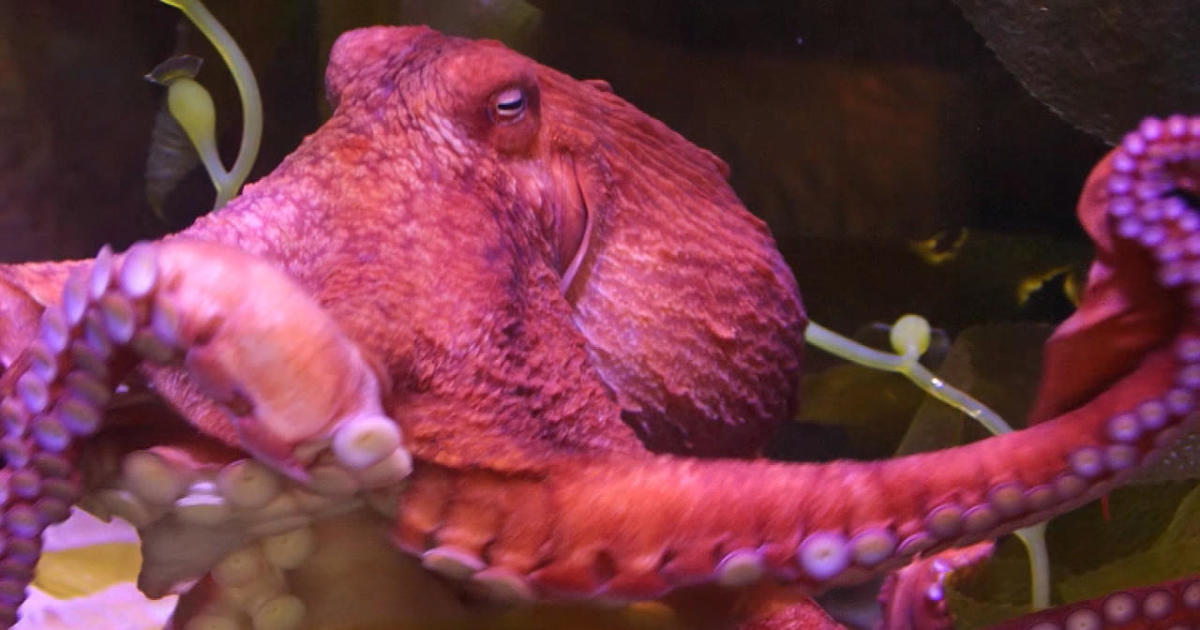
Octopus DNA reveals Antarctic ice sheet is closer to collapse than previously thought: “Unstable house of cards”

Scientists investigating how Antarctica’s ice sheets retreated in the deep past have turned to an innovative approach: studying the genes of octopuses that live in its chilly waters.
A new analysis published Thursday in Science finds that geographically-isolated populations of the eight-limbed sea creatures mated freely around 125,000 years ago, signaling an ice-free corridor during a period when global temperatures were similar to today.
The findings suggest the West Antarctic Ice Sheet (WAIS) is closer to collapse than previously thought, threatening 3.3-5 meters of long term sea level rise if the world is unable to hold human-caused warming to the 1.5 degrees Celsius target of the Paris Agreement, said the authors.
climate change “and this latest piece of evidence from octopus DNA stacks one more card on an already unstable house of cards,” they wrote.
Recent news about Antarctic ice
The study comes about a month after scientists confirmed that the world’s biggest iceberg was “on the move” after being stuck to the ocean floor for 37 years, Friday. Recent satellite images show the iceberg, called A23a, is now moving past the northern tip of the Antarctic Peninsula and headed toward the Southern Ocean, according to the British Antarctic Survey.
Earlier this month, the survey released dramatic video taken by the ship’s crew, including drone footage that showed a pod of orcas swimming next to the massive iceberg.
The iceberg weighs in at almost 1 trillion tons, according to data from the European Space Agency (ESA).
The iceberg, which spans almost 4,000 square kilometers (or 1,500 square miles) in area, split from the Antarctic coastline in 1986, but then became grounded in the Weddell Sea, the BBC reported.
Meanwhile, in October, scientists revealed that they had discovered a vast, hidden landscape of hills and valleys carved by ancient rivers that have been “frozen in time” under the Antarctic ice for millions of years.
“It is an undiscovered landscape — no one’s laid eyes on it,” Stewart Jamieson, a glaciologist at the UK’s Durham University and the lead author of the study, told AFP.
The land underneath the East Antarctic Ice Sheet is less well known than the surface of Mars, Jamieson said.
The area, stretching across 32,000 square kilometers (12,000 square miles), was once home to trees, forests and probably animals.
But then the ice came along and it was “frozen in time,” Jamieson said.
More
More
Source: cbsnews.com